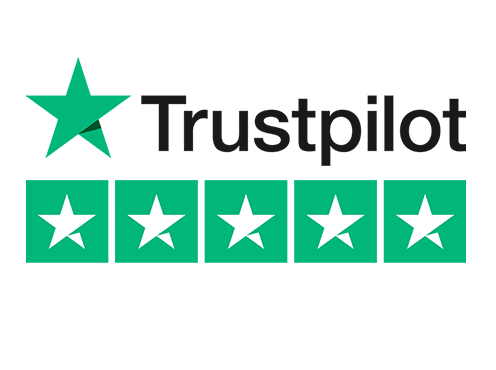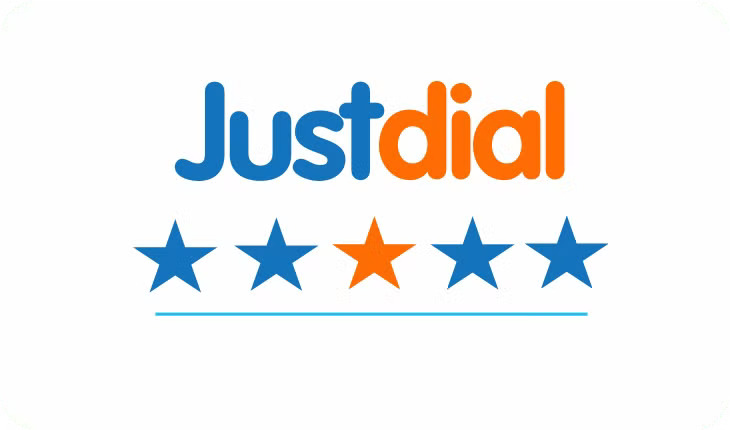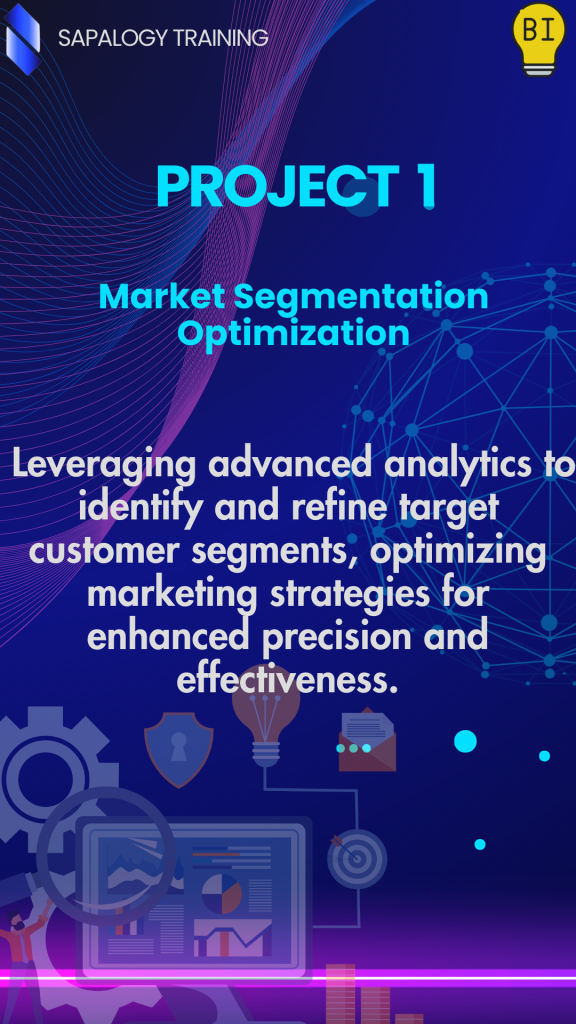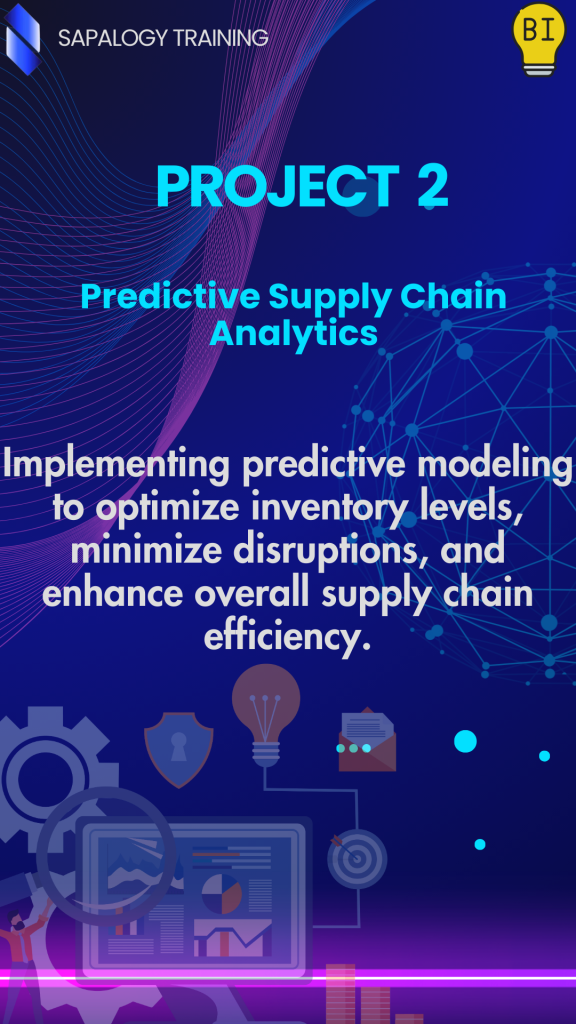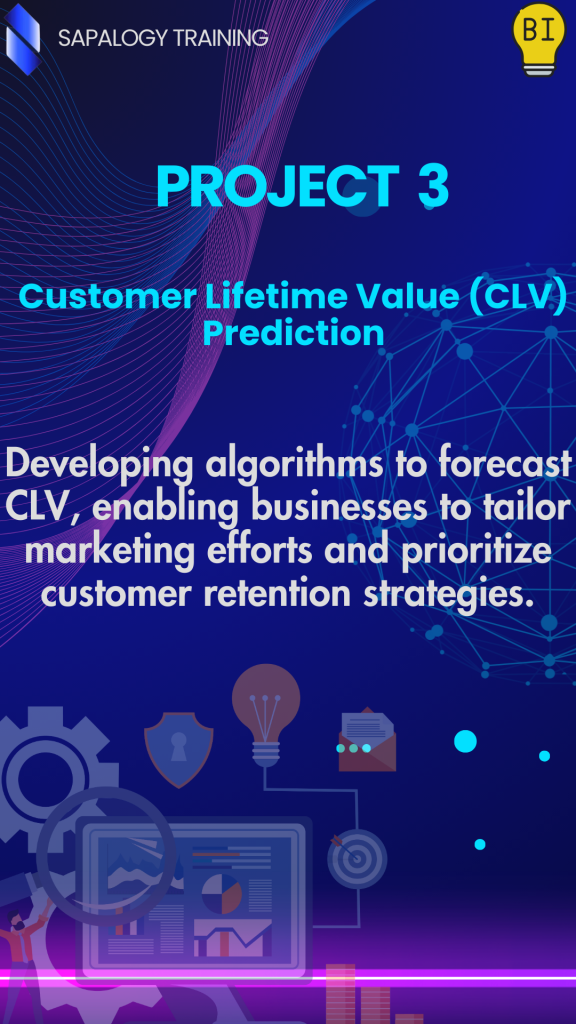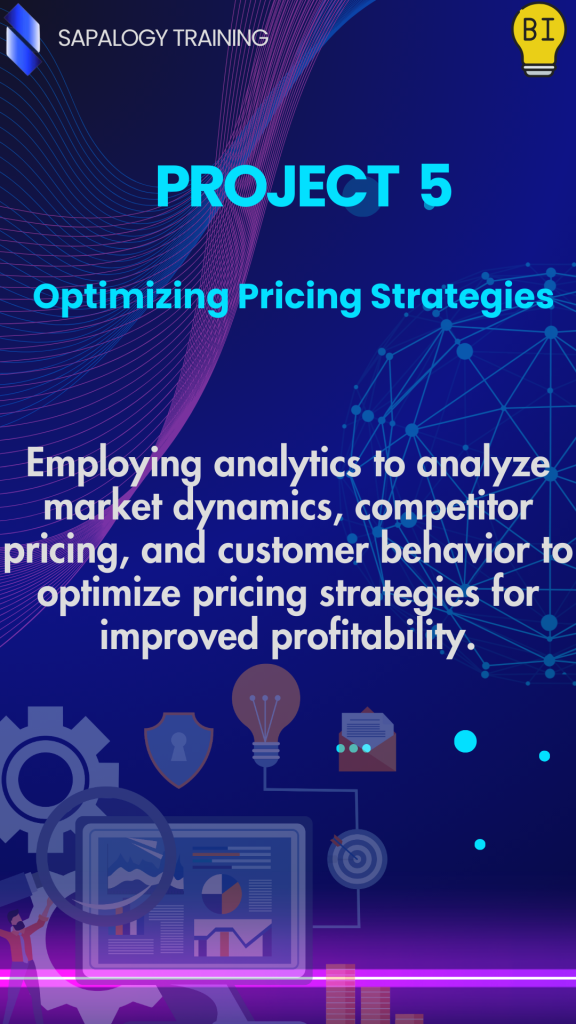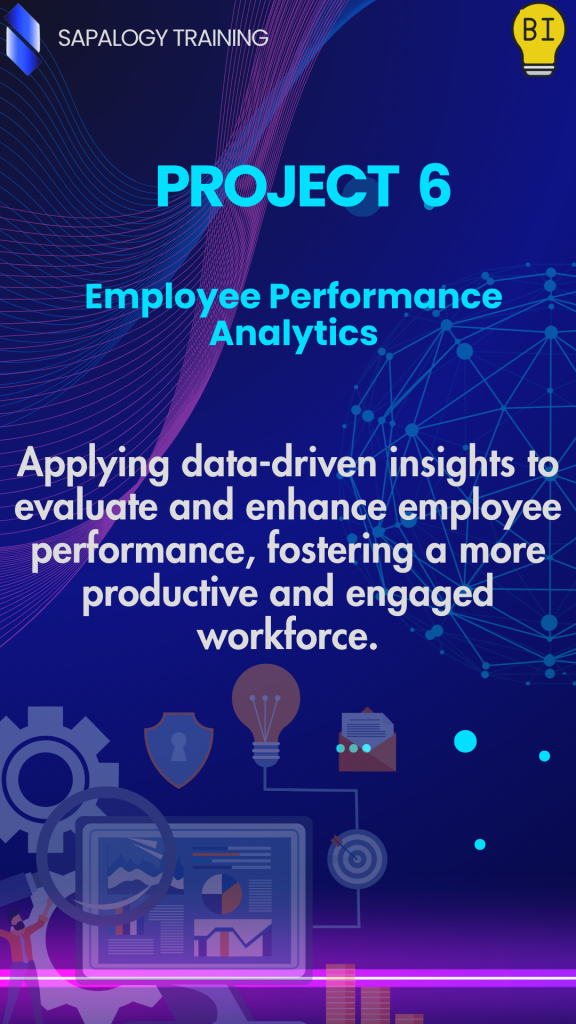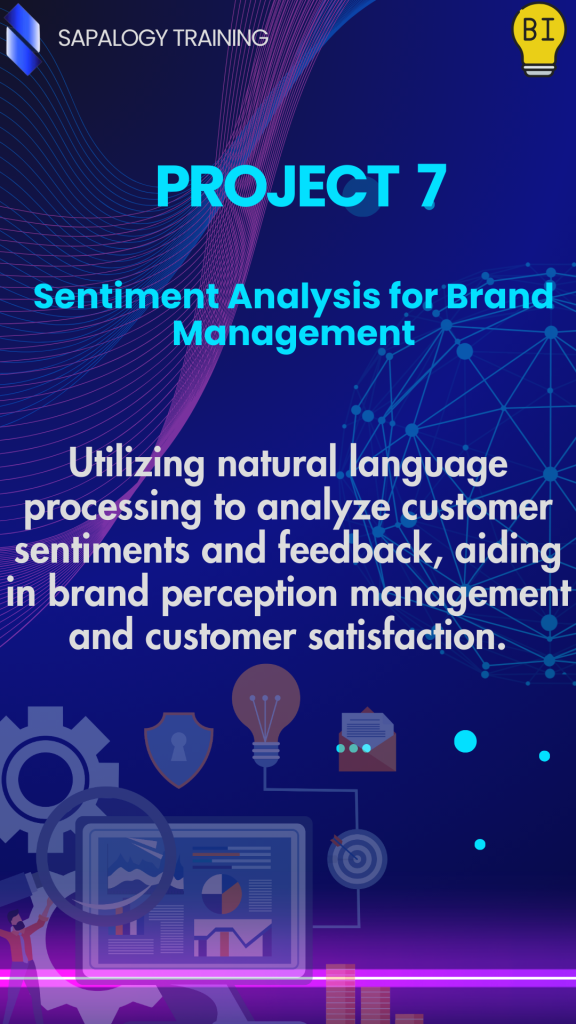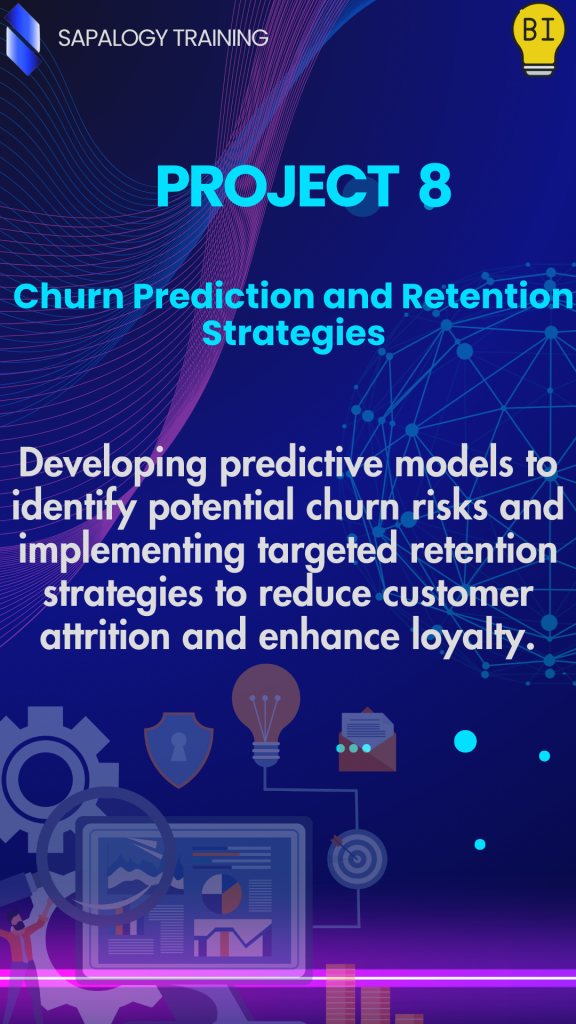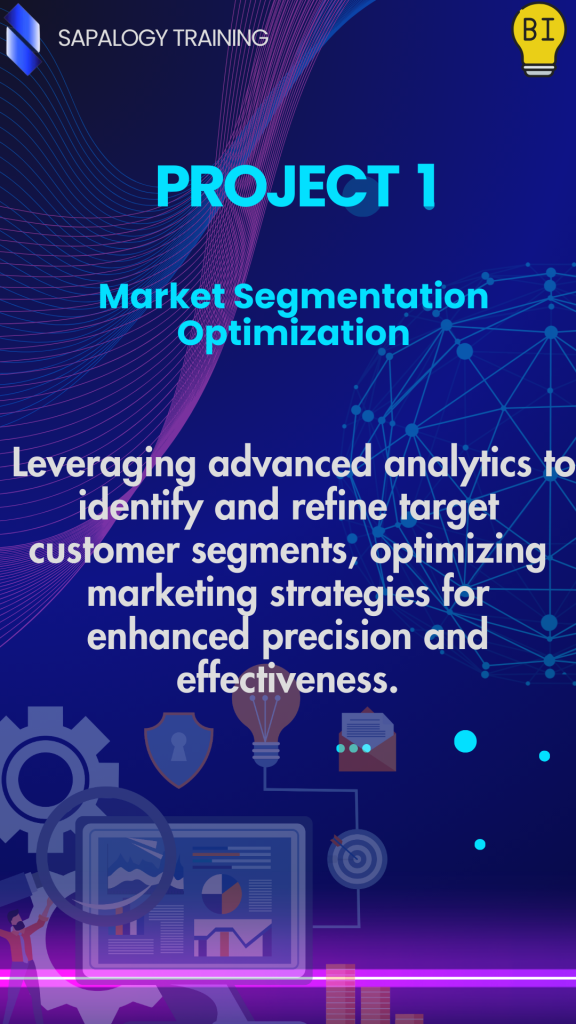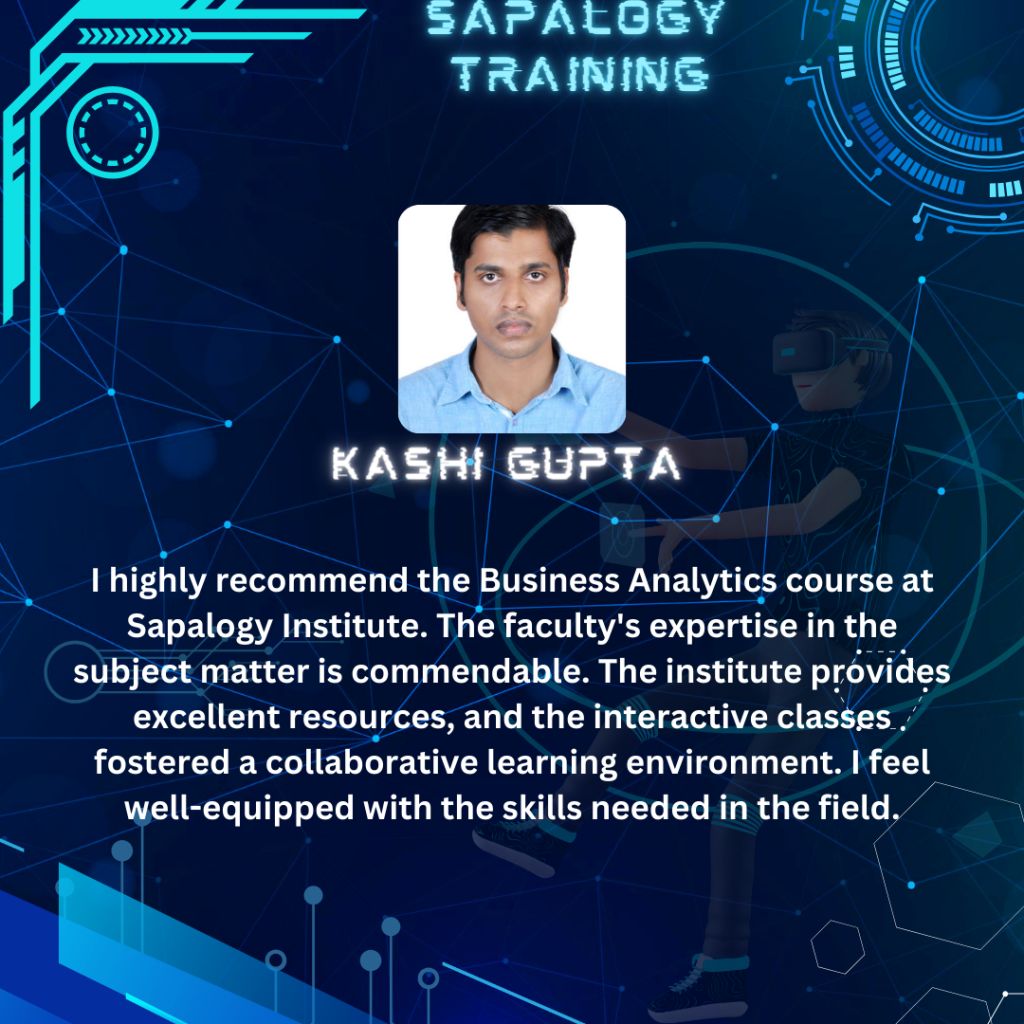Best Business analytics Training
Best Business analytics Training by Sapalogy offers you the best Business analytics training in nagpur for freshers and experience candidate in nagpur, with expert guidance and 100% guaranteed placement assistance. Our Business analytics training course covers every technical topics in details and the student is left with real-time hand on experience.
Our practical, Job-oriented training program will not only provide you with a certificate but also with knowledge equivalent to around 2+ years of field experience. We value your time as much as over. Hence we invented to train you in Business analytics in just 3 months.
All the topics will be covered in detail and also include.
- Resume preparation.
- Interview practice.
- 6 month internship.
- with 100 % job opportunities guaranteed program.
What is Business analytics ?
- Business analytics involves reading giant units of information to extract meaningful insights and developments.
- Decision Support: It offers important records to resource strategic decision-making inside an company.
- Predictive Modeling: Utilizes statistical algorithms and device mastering to forecast destiny business consequences.
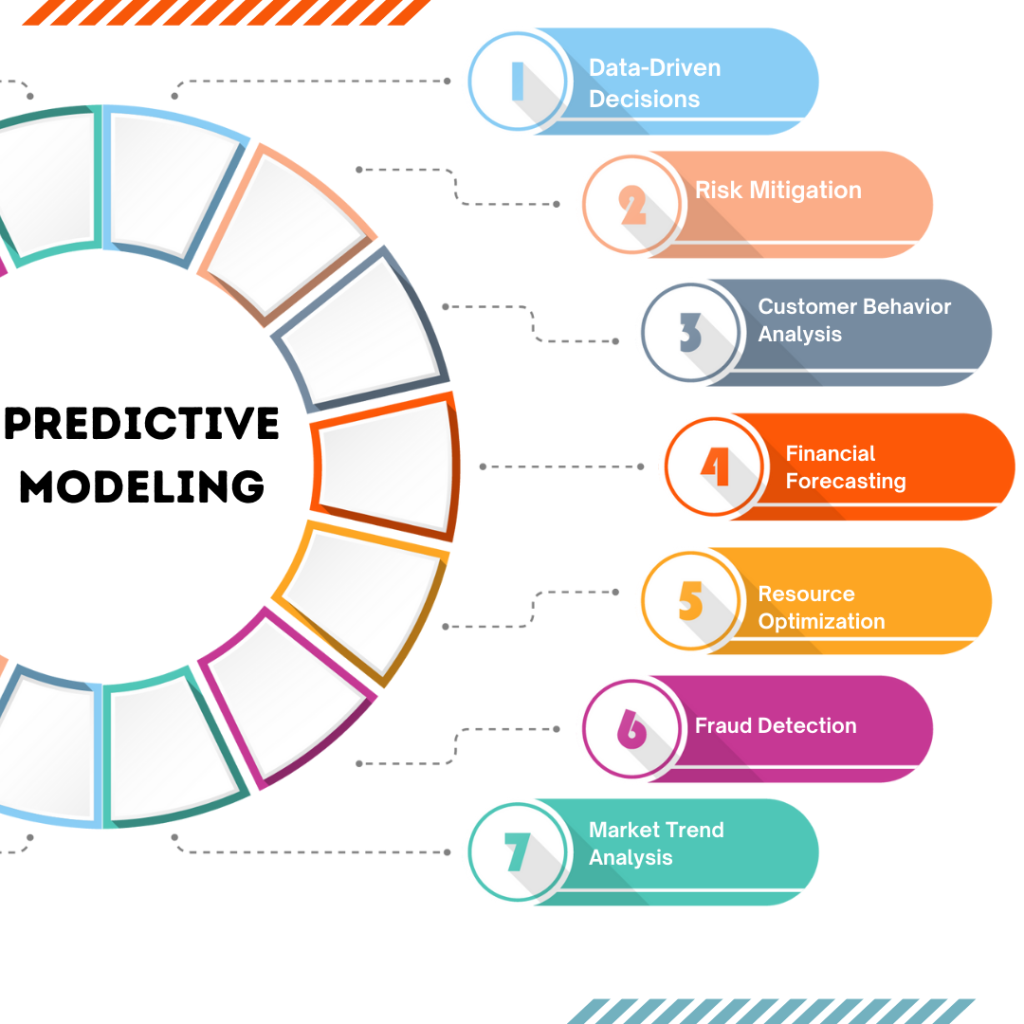
- Performance Optimization: Focuses on improving operational efficiency and effectiveness primarily based on statistics-pushed suggestions.
- Business Intelligence: Integrates facts visualization and reporting gear to talk complicated findings in a understandable way to stakeholders.
- Essential Aspects of Business Intelligence for Informed Decision-Making.
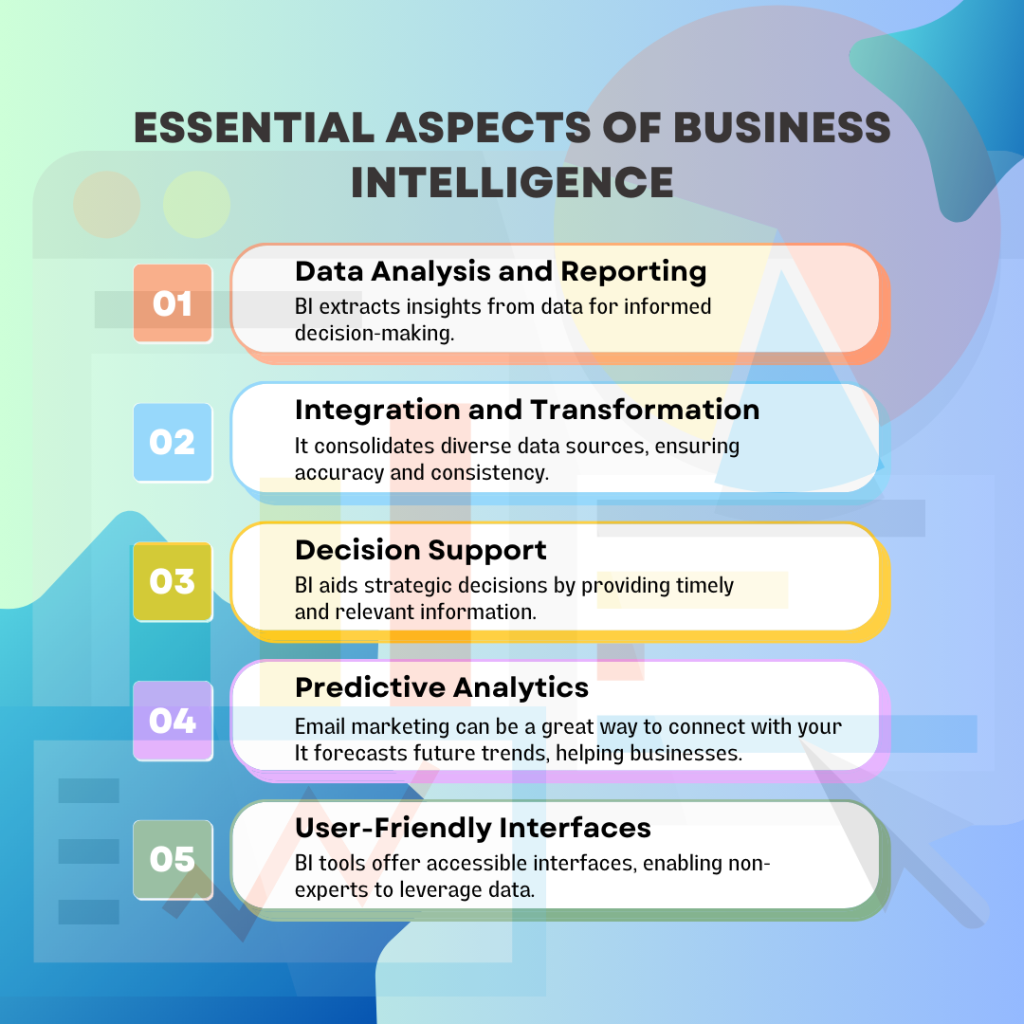
- Sapalogy taining provides Business analytics training in offline and online mode. Starting end user, consulting, implementation, support with real time Business analytics project based training.
- IT background, non IT background, freshers, experience can start their career in Business analytics irrespective of their background.
- Sapalogy is the best training institute in nagpur with the 100% job opportunities.
Enquire now
Roadmap to learn Business analytics with Sapalogy
1.Introduction
- What is Business analytics.
- Business analytics course.
- Business analytics certification.
- Business analytics jobs in india.
- Business analytics jobs in nagpur.
2. DEFINE OBJECTIVES AND SCOPE
- Clearly outline the business goals and objectives that analytics will address.
- Identify the key performance indicators (KPIs) and metrics relevant to your objectives.
- Define the scope of the analytics initiative, specifying the departments or processes it will cover.
3. Data Collection and Integration
- Assess the existing data sources and identify gaps or areas for improvement.
- Develop a strategy for collecting and integrating relevant data from various sources.
- Ensure data quality and consistency to enhance the reliability of analytics results.
4. Implement Data Governance and Security
- Establish data governance policies to maintain data integrity and compliance.
- Implement robust security measures to protect sensitive business information.
- Define roles and responsibilities for data access, usage, and monitoring.
5. CHOOSE ANALYTICS TOOLS & technologies
- Evaluate and select analytics tools and technologies that align with business requirements.
- Consider factors such as scalability, ease of use, and compatibility with existing systems.
- Provide training for the team to ensure proficiency in using chosen tools.
6. DEVELOP ANALYTICAL MODELS & ALGORITHMS
- Engage data scientists and analysts to develop analytical models based on business needs.
- Utilize statistical and machine learning techniques to extract insights from the data.
- Test and refine models iteratively to improve accuracy and relevance.
7.Visualization and Reporting
- Implement data visualization tools to communicate insights effectively.
- Create dashboards and reports that are user-friendly and cater to different stakeholder needs.
- Foster a culture of data-driven decision-making by making analytics results easily accessible.
8. Resume preparation
- Include keywords.
- How to prepare resume.
- How to prepare resume for freshers.
- Show impact.
- Include soft skills.
- Be unique.
Key features of AI & ML Training
Business analytics Training syllabus
Contact to know more!
Upcoming batch schedule for Business analytics Training
Sapalogy provides flexible timings to all our students. Here is the Business analytics Training Class Schedule in our branches. If this schedule doesn’t match please let us know. We will try to arrange appropriate timings based on your flexible timings.
| Course | Batch time | Offline | Online | Enquire now |
|---|---|---|---|---|
| Business analytics | Starts every week | Nagpur | India | Enquire now |
| Data analyst | Starts every week | Nagpur | India | Enquire now |
| Data science | Starts every week | Nagpur | India | Enquire now |
Can’t find a batch you are looking for you ?
Business analytics certification
- Sapalogy training certification will serve as proof that the courses were completed by Sapalogy.
- The Business analytics certification offered by Sapalogy will equip you with valuable skills, enhancing your competitiveness in the job market.
- Sapalogy provides comprehensive guidance for your Business analytics global certification, ensuring a 100% passing guarantee in examinations such as Salesforce Administration Certification, Business analytics Platform Development Certification, and various other global exams.
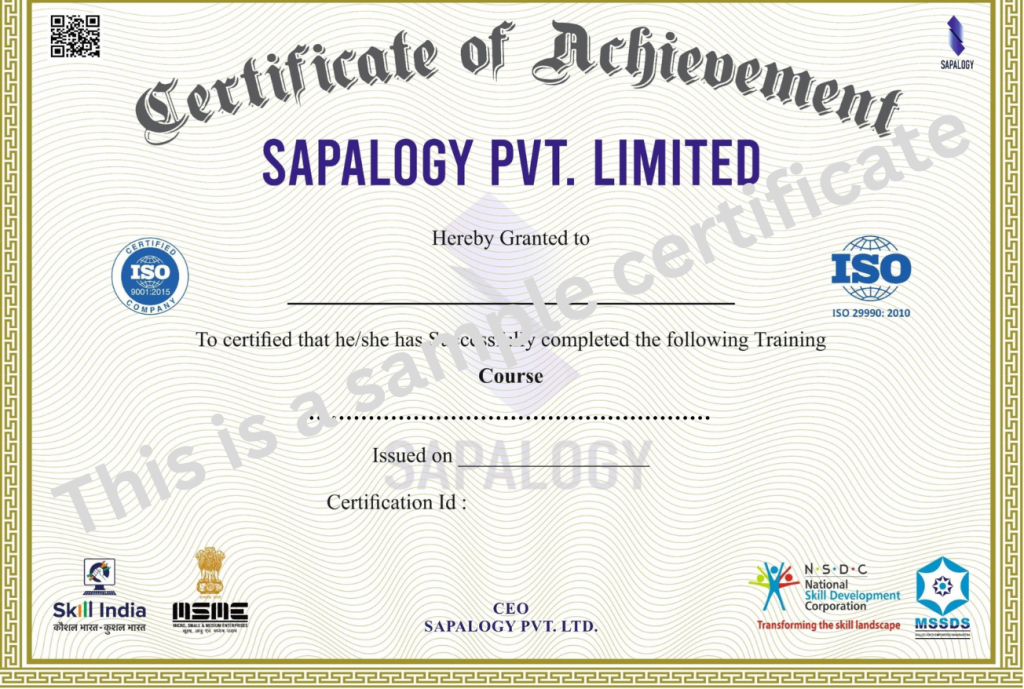
Key features of Business analytics Training
Business analytics Projects
Training courses reviews
Our course review
